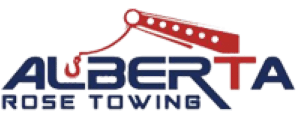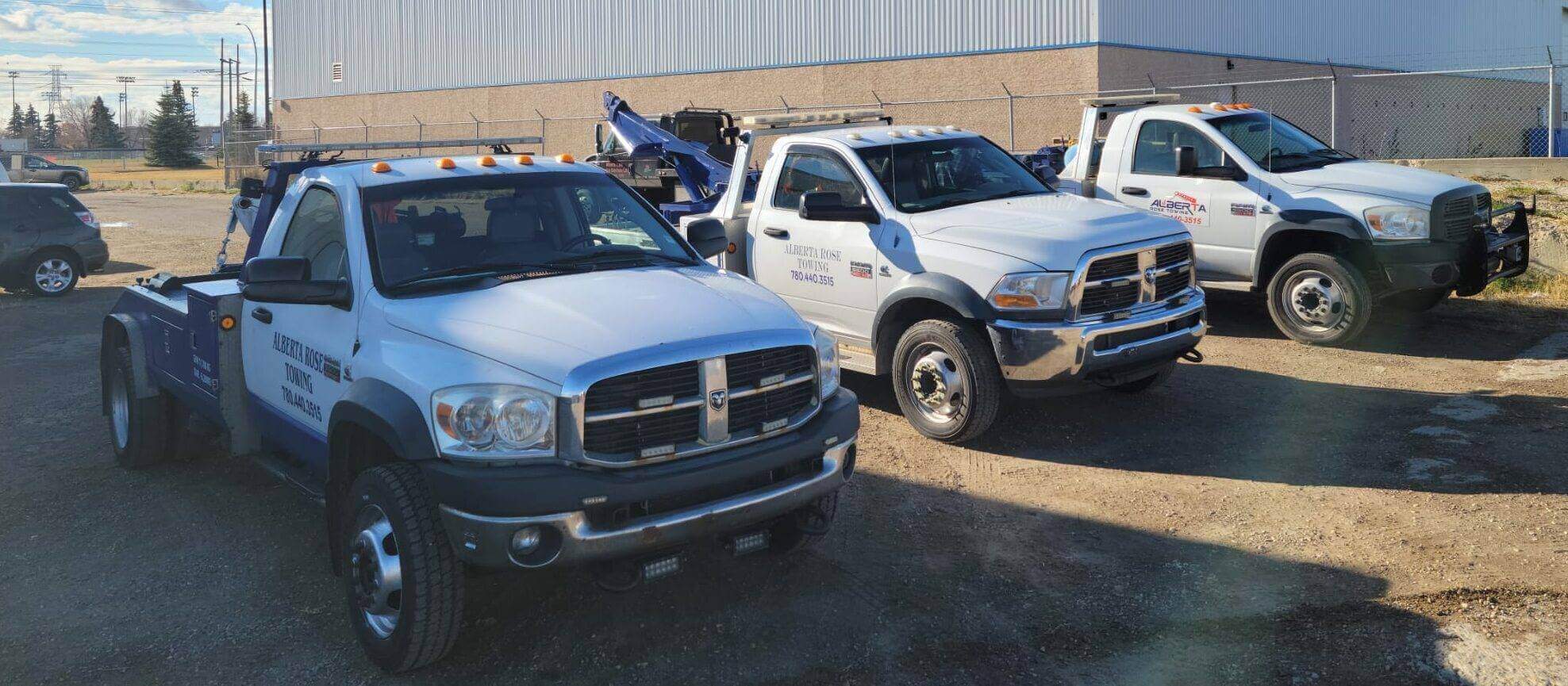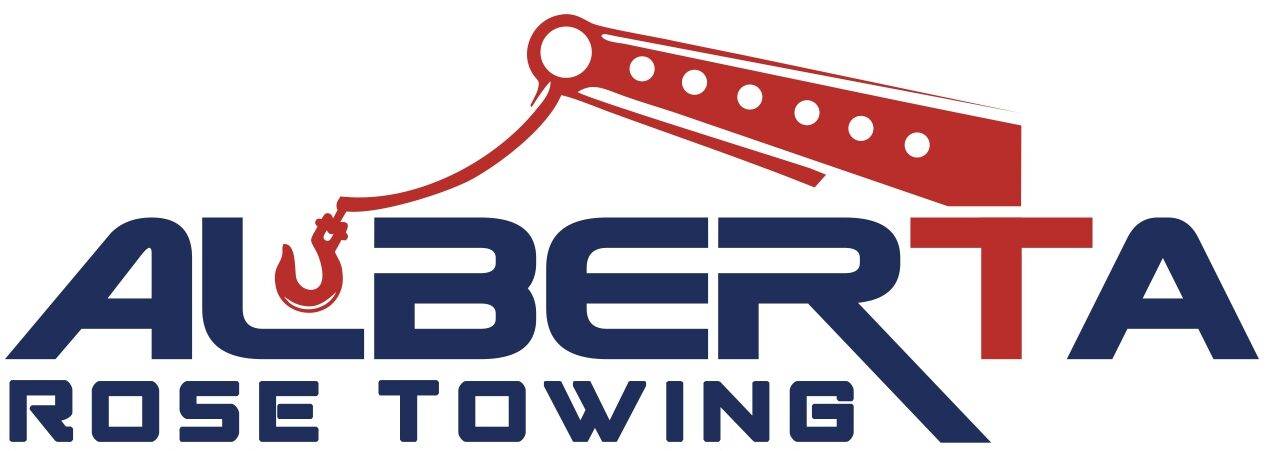We use specialized tow trucks to transport vehicles. Here's how Alberta Rose towing Edmonton typically tow a tow truck:
Assessment: Before towing a tow truck, we assess the situation to determine the best method for towing based on factors such as the size and weight of the tow truck, the extent of the damage, and the location of the breakdown.
Dispatch: Once the towing method is determined, we dispatch a suitable tow truck equipped with the necessary equipment to the location of the disabled tow truck.
Arrival and Setup: Upon arrival, ourtowing operator evaluates the situation to ensure the safety of the towing process. we position the tow truck in a way that allows for safe loading or towing of the disabled tow truck.
Attachment: Our towing operator securely attach the disabled tow truck to the towing vehicle using appropriate towing equipment. This involve attaching tow straps, chains, or other towing accessories to secure connection points on both vehicles.
Lifting or Loading: Depending on the extent of the damage to the disabled tow truck and the towing method chosen, our towing operator need to lift or load the tow truck onto the towing vehicle. This can be done using a variety of techniques, such as winching, lifting with a crane or hoist, or loading onto a flatbed trailer.
Securing the Tow Truck: Once the tow truck is loaded or lifted onto the towing vehicle, towing operator ensures it is securely fastened to prevent shifting or damage during transport. This involve additional securing with straps, chains, or other restraints.
Transport: The towing vehicle transports the disabled tow truck to its destination, which may be a repair shop, towing yard, or other location specified by the tow truck owner.
Unloading: Upon reaching the destination, the towing operator carefully unloads the tow truck from the towing vehicle, following proper procedures to ensure safety and prevent damage.
Completion: The towing operator provide the tow truck owner with any necessary paperwork, such as a towing receipt or repair authorization form, and offer additional assistance or guidance as needed.
Throughout the towing process, we prioritize safety and professionalism, ensuring that vehicles, including tow trucks, are transported efficiently and without further damage. Trained operators and specialized equipment are essential for safely handling a variety of towing situations.


